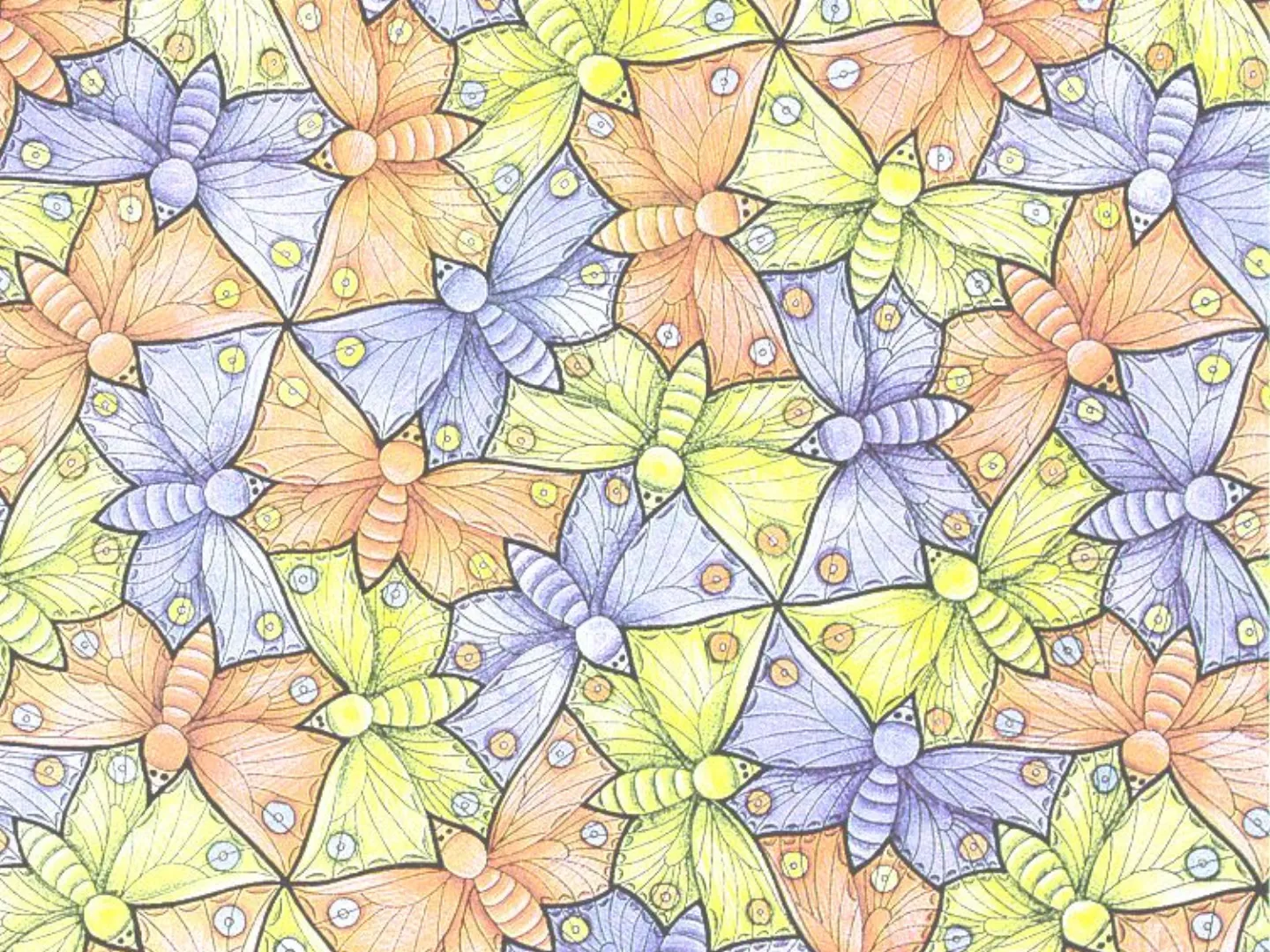Perception: Sensation, Gestalt Laws, Similarity, Continuity, Simplicity
Slides about Perception. The Pdf, a presentation, explores the concepts of sensation and perception, defining both terms and introducing the concept of illusions. It illustrates Gestalt laws, particularly similarity, continuity, and simplicity, through visual examples for university Psychology students.
See more43 Pages


Unlock the full PDF for free
Sign up to get full access to the document and start transforming it with AI.
Preview
Perception and Sensation
b Ch. 8 Sensation and Perception 0 9Perception . Sensation and perception are both necessary to gather and interpret information in our surroundings.
- Sensation - Occurs when a stimulus activates a receptor.
- Perception - The organization of sensory information into meaningful experiences.
- Illusions- incorrect perceptions
Gestalt Principles
. Each whole that is organized by the brain is called a Gestalt. "The whole is more than the sum of the parts." 1Gestalt's Principles . Gestalt Psychologists have identified principles the brain uses in constructing perceptions. · The principles help explain how we group our sensations and fill in gaps to make sense of our world.
Proximity
When we see a number of similar objects, we tend to perceive them as groups or sets of those that are close together. 7807469583 780 746 9583
Similarity
. When similar and dissimilar objects are mingled, we see the similar objects as groups.
Continuity
· We tend to see continuous patterns, not disrupted ones. a C d b +
Simplicity
. We see the simplest shapes possible.What do you see?Musician or a Girl's Face?Young or old?
Closure
. When we see a familiar pattern or shape with some missing parts, we fill in the gaps. VClosureCan you spot the giraffe? Which of the Gestalt Principles is this an Example of?
Figure-Ground Perception
1Figure-Ground Perception . One form of perceptual organization is the division of experience into figure and ground. . The ability to discriminate properly between a figure and its background.Notice anything unusual about this apple core?What Do You See? . You can this figure as either a rabbit looking to the right or a duck looking to the left.M.C. Escher 03 0 1Which name do you see? Jeres
Perceptual Inference
· Perceptions that are not based entirely on current sensory information. · When we have encountered stimuli and objects in the past, we know what to expect from them.How many legs does this elephant have?
Depth Perception
0Depth Perception . The ability to recognize distances and three- dimensionality. AAre the lines curved or straight?TH לל N 4 S Y 4Is the blue side in the front or back of the cube?. Faces Upside Down Site.Try to Count the Number of Black Dots
Sensation and Perception Problems
Hearing Colours: Synesthesia
TWONSensation and Perception ProblemsHearing Colours ?? All of her life, a woman diagnosed with synesthesia, had seen colours when she heard words or letters. She always saw yellow with hints of green when she heard the word king, for example. Synesthesia is the mingling or swapping of sensory information in which stimulating one sense triggers conscious experience in another sense. People with synesthesia may experience spoken words as tastes or shapes, colours as smells, and touches as sounds. The condition occurs in about 1 in 25, 000 people and may result from "crossed wires" in the sensory areas of the brain.
Film Analysis: The Man Who Mistook His Wife For A Hat
Watch Film The Man Who Mistook His Wife For A Hat What is going on? Think about the unit we are studying: "Sensation and Perception". What concept do you think this film conveys? What are the man's issues?
Visual Agnosia
. Visual Agnosia - the inability of the brain to recognize or understand visual stimulus. An individual with visual agnosia has otherwise normal visual functioning and can see, but is unable to interpret or recognize what they are seeing. There is also no deficit in general mental ability. Visual agnosia is often due to bilateral damage in the posterior occipital and/or temporal lobe(s) in the brain. · The specific symptoms can vary depending on the cause of the agnosia. Commonly, patients can describe objects in their visual field in great detail, including such aspects as color, texture and shape but are unable to recognize them.. The Man Who Mistook His Wife for a Hat and Other Clinical Tales is a 1985 book by neurologist Oliver Sacks describing the case histories of some of his patients. The title of the book comes from the case study of a man with Visual Agnosia. The Man Who Mistook His Wife for a Hat became the basis of an opera of the same name by Michael Nyman, which premiered in 1986.· V-Sauce video on Moving Illusions
Chapter 8 Tasks
- 1. Read pg. 236 - 237 Readings in Psychology: "To See or Not to See" (Another of Oliver Sacks' case studies that looks further at how we recognize an object we are seeing.) - Answer Questions 1-3.
- 2. OPTIONAL Psychology Project Pg. 235 (for bonus) - Choose ONE of the three projects listed.